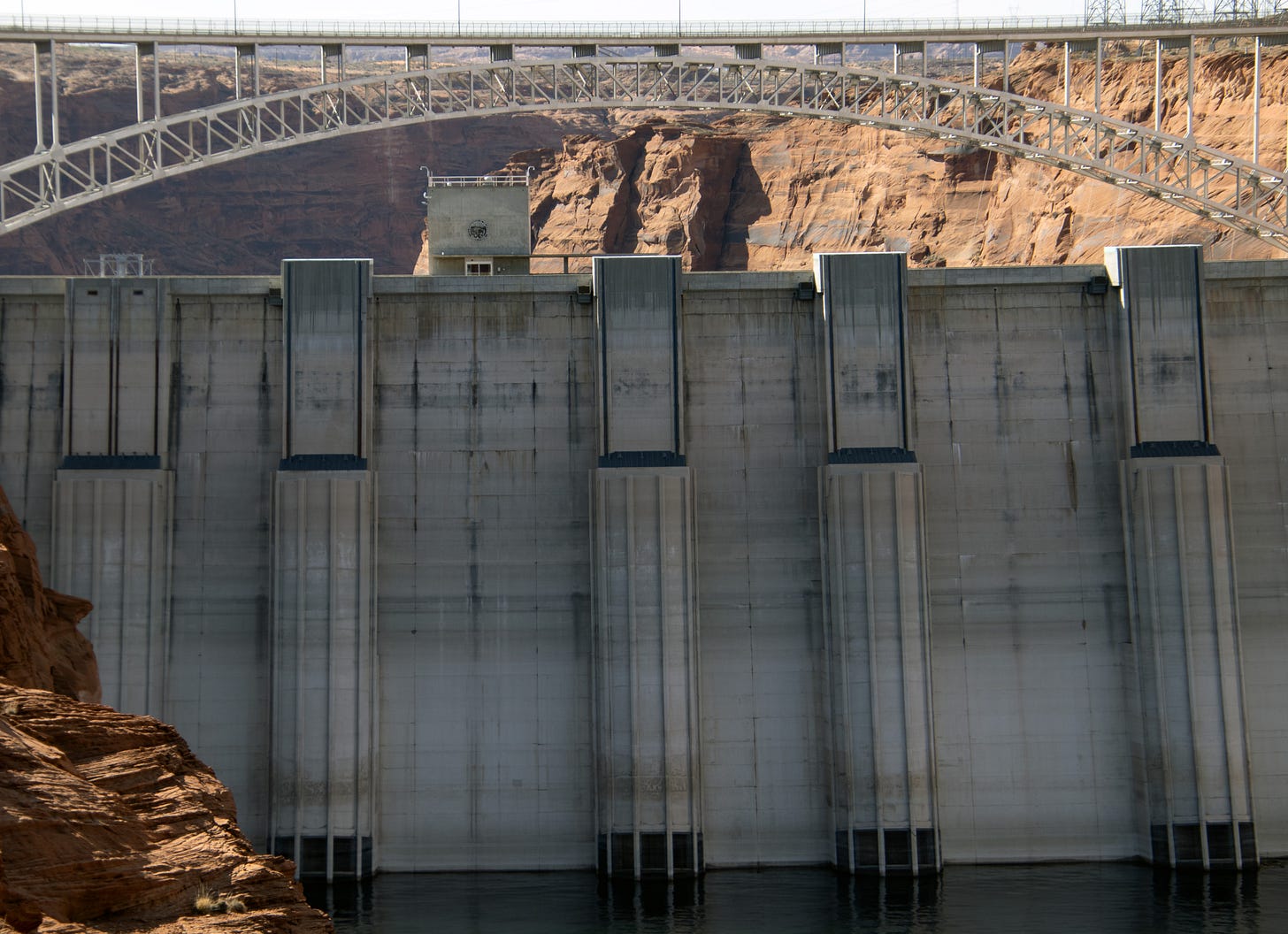Experts: Slash Colorado River consumption ASAP to avoid crisis
Wacky Weather Watch: Tornadoes in Utah; no fruit in Capitol Reef
🥵 Aridification Watch 🐫

The deadline is rapidly approaching for the Colorado River Basin states to come up with a plan for divvying up the river’s waters and operating its reservoirs and other plumbing infrastructure after 2026. …
Keep reading with a 7-day free trial
Subscribe to The Land Desk to keep reading this post and get 7 days of free access to the full post archives.

